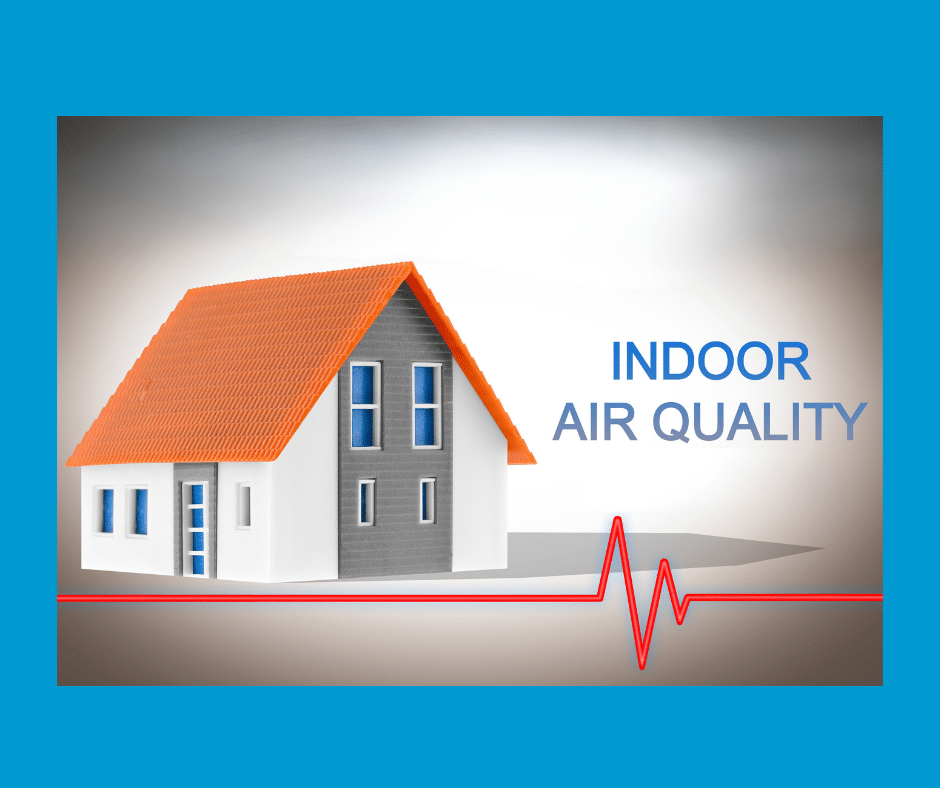
The need for indoor air quality solutions have never been higher. Today’s indoor environment is more tightly sealed and well insulated to enhance temperature control. These structures are highly efficient and reduce heating and cooling costs. That’s the good news. The other news about a tightly sealed indoor environment, however, is that airborne pollutants may accumulate to high levels and become a source of allergies and other physical symptoms.
Basically, air purifiers remove contaminants from the air in a structure to improve the indoor air quality. Here are four types of filtration and how they function:
HEPA Filtration
The most common and oldest type of highly efficient indoor filtration, HEPA filters can trap 99.9% of airborne particles larger than 0.3 microns. This includes not only dust and lint you can see but also other invisible airborne particulates. While they provide efficient particle filtration, however, HEPA filters do not reduce chemical fumes, odors, or gases.
Activated Carbon Filters
These units are most effective for eliminating chemical fumes and gases, including VOCs (Volatile Organic Compounds), tobacco smoke, odors, and others. The carbon compound utilized in the filter material actually absorbs these toxic contaminants or irritants from the air and does not release them. Activated carbon air purifiers are best for residents who have particular sensitivities to one or more of these fumes. However, activated carbon filters are less effective than HEPA filters at capturing airborne particulates.
Ultraviolet Lights
Some pollutants afloat in household air are actually alive. These include microorganisms like mold spores, bacteria, and viruses. Simply capturing these contaminants is not enough. They must be destroyed, or they will continue to multiply and infect the indoor environment. UV lights incorporate bulbs that generate light in the ultraviolet wavelength which naturally neutralizes microorganisms so they cannot reproduce. UV air purification is frequently combined with other forms of filtration in a single unit for comprehensive air cleaning.
Bipoloar Ionization
Bipoloar Ionization works by providing continuous and safe air purification to the entire home. This type of air purification can significantly reduce airborne pollutants found in homes that include bacteria, odors, viruses, mold spores, and cleaning agents. It produces positively and negatively charged ions that will reduce and neutralize these types of harmful indoor pollutants.
For indoor air quailty solutions, contact the experts at Jackson & Sons, serving Eastern NC since 1974.